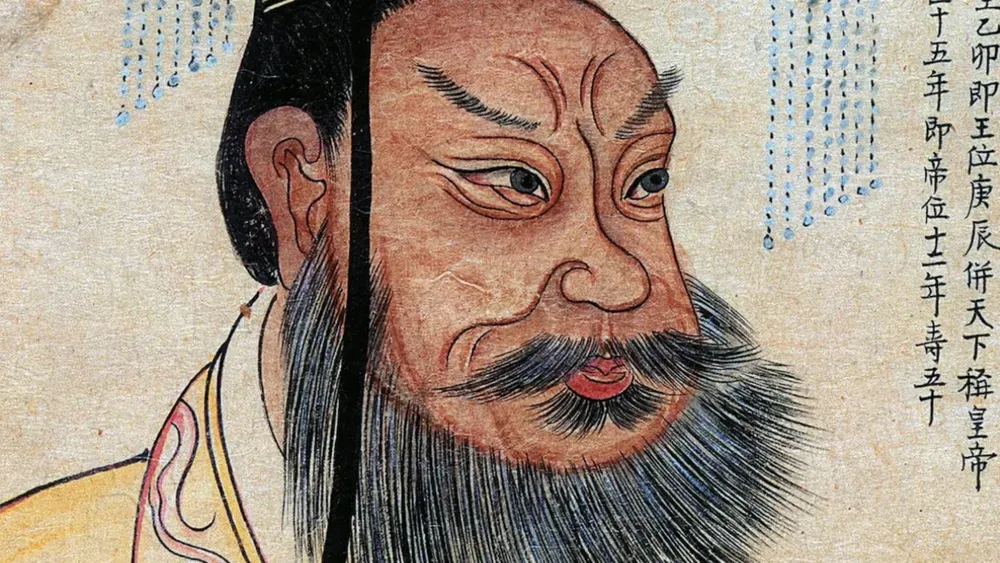By Jonathan Shanahan
Throughout human history, there has been no shortage of men and women who have perpetrated unimaginable evils on an enormous scale. A few of these figures, however, have been responsible for so much suffering that they remain widely reviled, hundreds or even thousands of years after their deaths. Some of the people on this list committed evil in pursuit of what they perceived as noble goals, while others were simply indulging their own appetites for sadism. Some were simply mad. What unites all of them is the fact they continue to inspire widespread revulsion, making them the most hated figures in history.
Leopold II
For some reason, King Leopold II of Belgium is rarely mentioned alongside history’s most ruthless, cruel and bloodthirsty rulers. He should be.
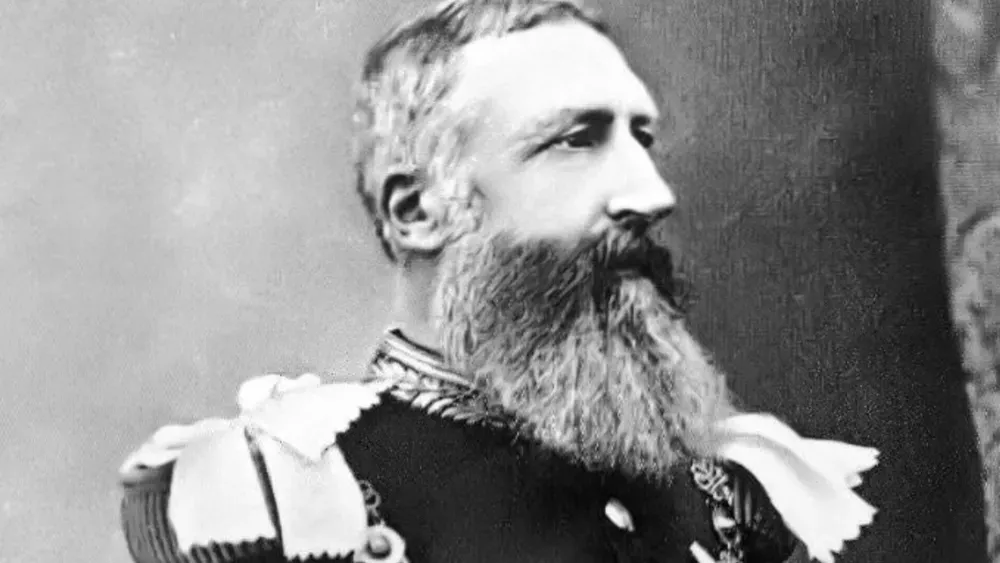
Leopold ruthlessly plundered the Congo in the 1880s. It’s estimated that up to ten million Congolese men, women and children died as a result of Leopold’s exploitation.
Qin Shi Huang
The first Emperor of a unified China, Qin Shi Huang believed that education posed a grave threat to his rule.

As a result, Huang ordered his soldiers to destroy schools and burn books, and he had thousands of Confucian priests summarily executed.
Hernan Cortes
While Hernan Cortes’ was ostensibly driven by religious goals, in reality he was primarily motivated by personal ambition and cruelty.
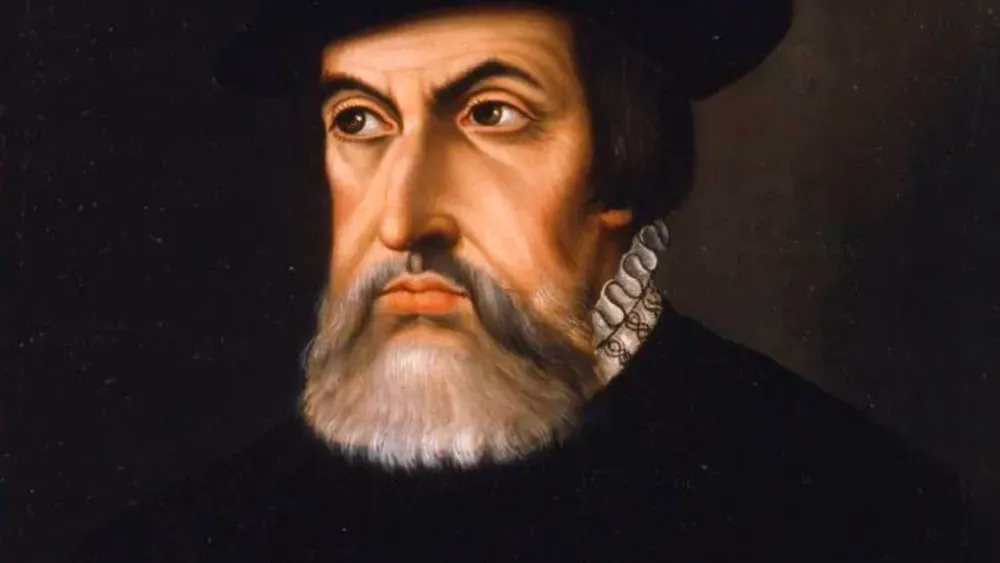
The horrors Cortes and his conquistadors unleashed on the Aztecs left hundreds of thousands dead or enslaved, and he mercilessly crushed a culture that had flourished for hundreds of years.
Ivan the Terrible
In case you haven’t guessed from his name, Ivan the Terrible was a truly awful ruler, responsible for the deaths of hundreds of thousands of his subjects.

Ivan was fond of executing nobles and stealing their property, and he imposed brutal taxes on peasants that led to widespread starvation.
Ferdinand of Aragon
Ferdinand of Aragon devoted himself to persecuting those who he perceived as the enemies of Catholicism – which essentially meant anyone who wasn’t Catholic.

As the de facto king of Spain, Ferdinand enacted a vicious campaign of terror against Jews and Protestants, torturing and executing those who refused to convert.
King John
Widely regarded one of the worst monarchs in British history, King John managed to lose vast swathes of territory, destroy the economy and tarnish the reputation of the Royal Family.
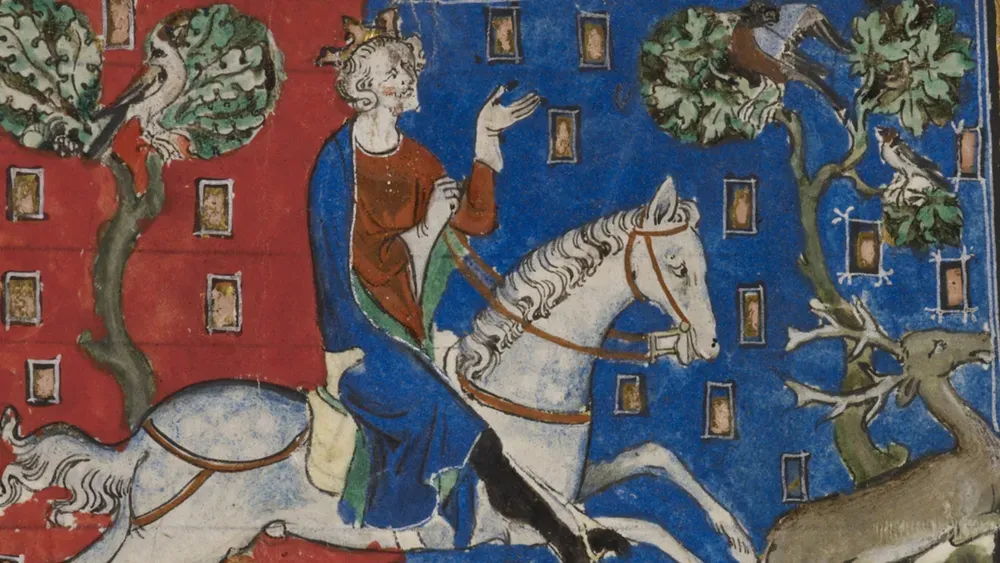
Eventually, John went on the run after failing to quell a rebellion, lost the Royal Jewels while trying to cross a river and died of dysentery not long after.
Maximilian of Mexico
The brother of Austrian Emperor Franz Joseph, Maximillian was installed by the French Emperor Napoleon III as the Emperor of Mexico.
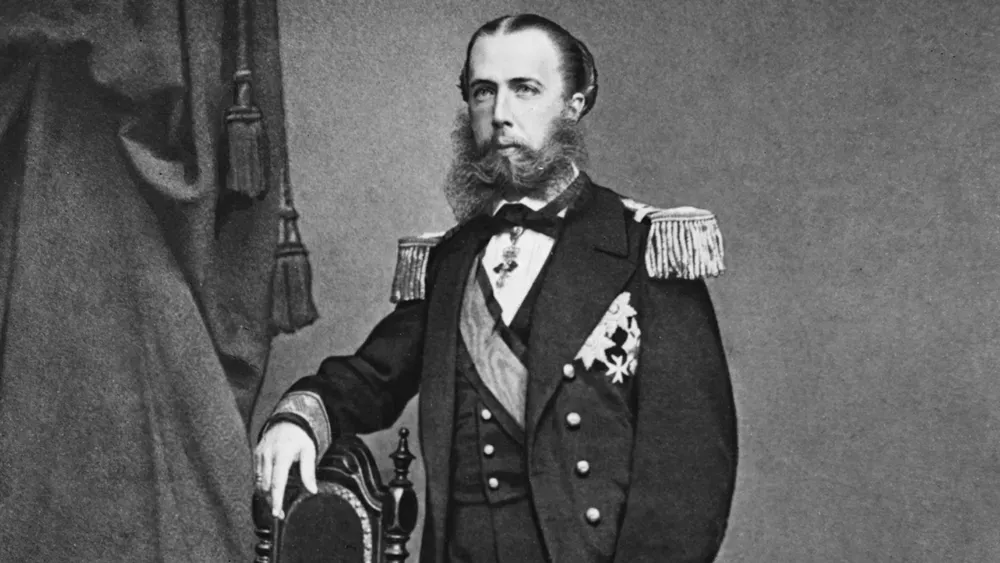
Maximillian refused to allow democratic reforms and he was widely loathed by the Mexicans. He was eventually overthrown, tried for treason and executed.
Akhenaten
Although many of Egypt’s Pharaohs were known to be cruel and vindictive rules, Akhenaten – commonly known as Amenhotep IV – was particularly reviled.
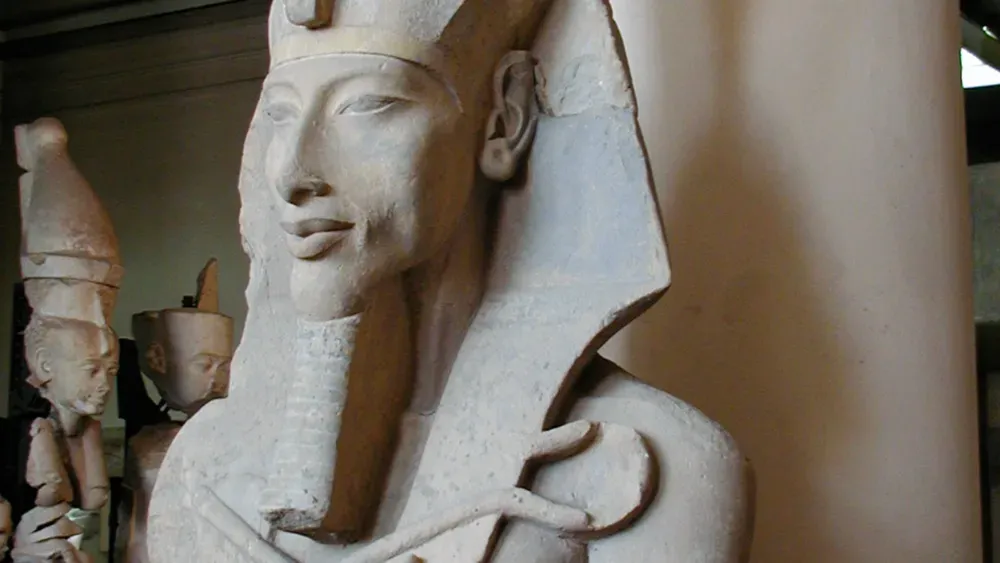
Akhenaten tried to implement a new monotheistic religion focussed on worship of the god Aten, and he persecuted anyone who continued to worship the old gods.
Catherine the Great
The epitome of ruthlessness, Russian empress Catherine the Great ordered the assassinations of anyone she felt threatened by, even orchestrating a coup against her own husband, Peter the III.
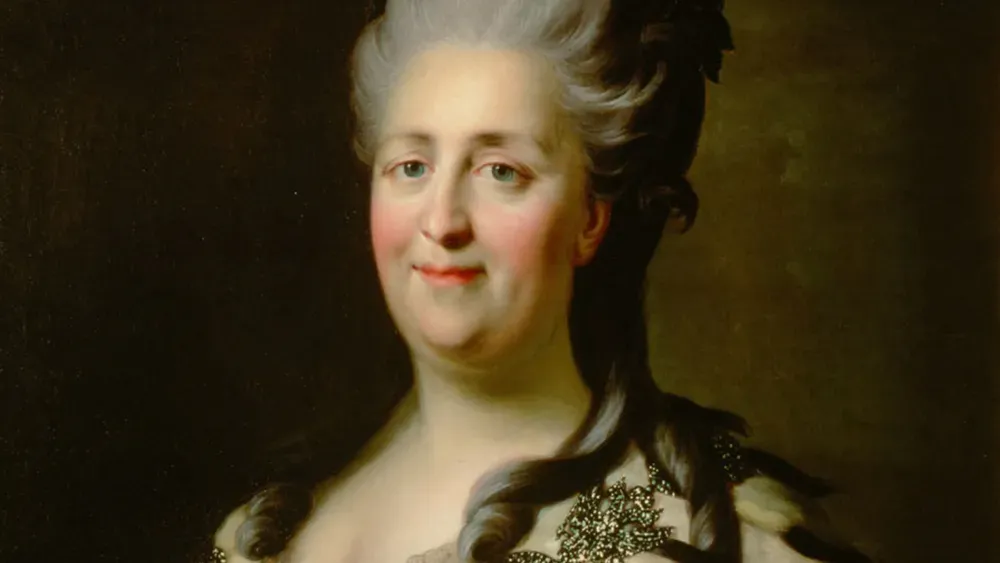
The citizens of Russia rebelled against their empress’s oppressive rule on multiple occasions, and they were brutally crushed every time.
Herod Antipas
Although he’s frequently referred to as “King Herod,” Herod Antipas wasn’t actually a monarch. The ruler of Galilee and Perea, Herod was known for his cruelty and caprice.
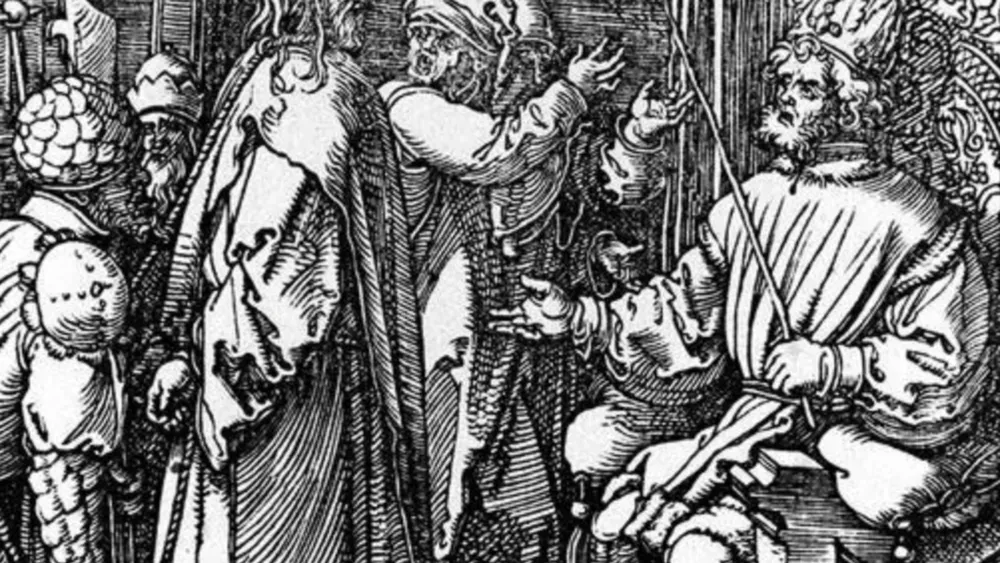
Herod managed to start multiple wars, was responsible for the execution of John the Baptist and even earned the ire of the Roman Empire, which eventually sent him into exile.
Josef Stalin
One of the most infamous dictators in history, Soviet premier Josef Stalin’s callousness and paranoia resulted in the deaths of millions.
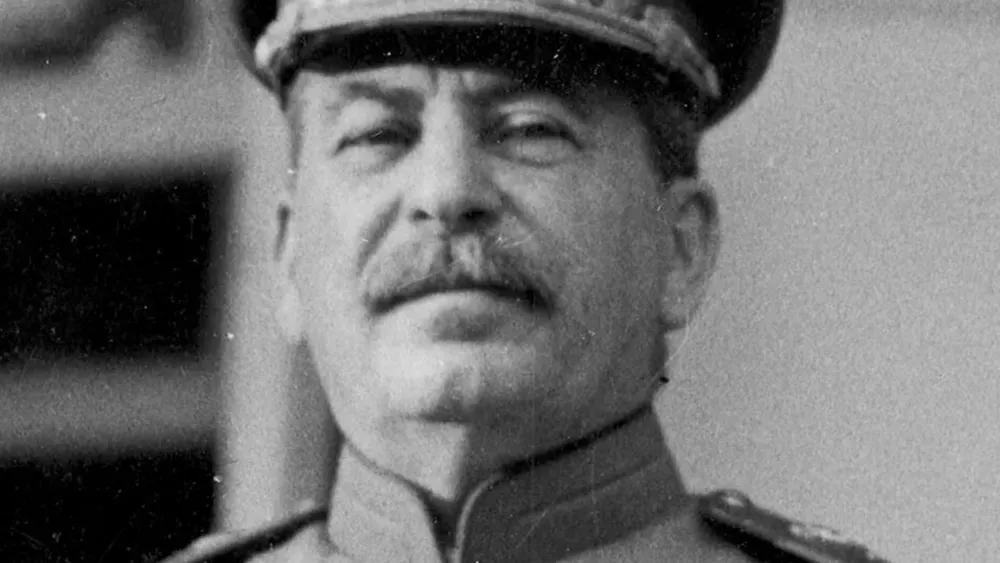
Ruthlessly devoted to his goals, Stalin was completely unfazed by the mass starvation of his own citizens, and he created a vast network of labor camps known as gulags.
Vlad the Impaler
The fact that Vlad the Impaler likely inspired Bram Stoker to write Dracula should tell you all you need to know about the Romanian prince.
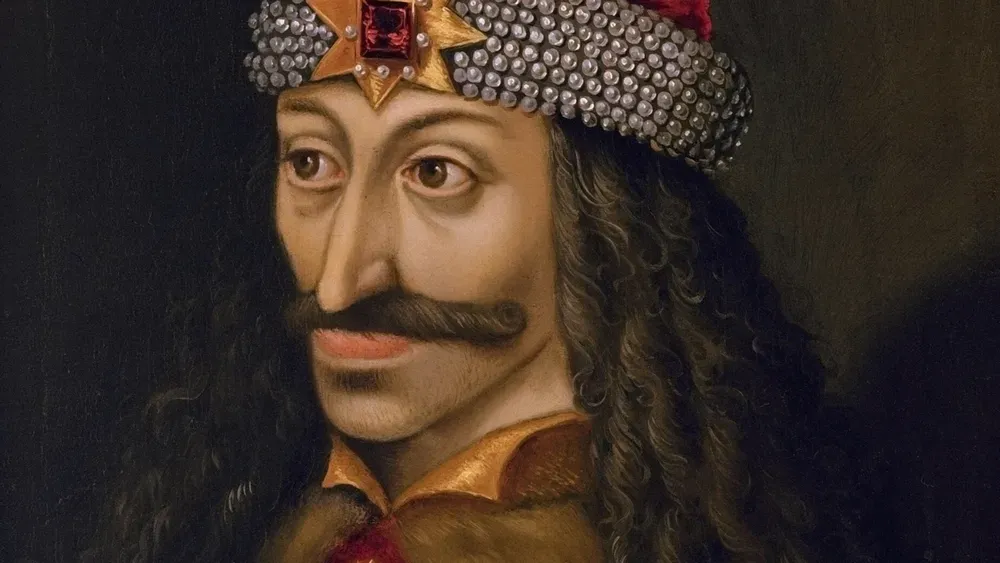
Known for his near-limitless cruelty, Vlad’s nickname came from his penchant for impaling his enemies on long spikes, often leaving their bodies on display as a warning.
Paul I
The son of Catherine the Great, Paul the I inherited his mother’s cruelty and disregard for the lives of Russian citizens.
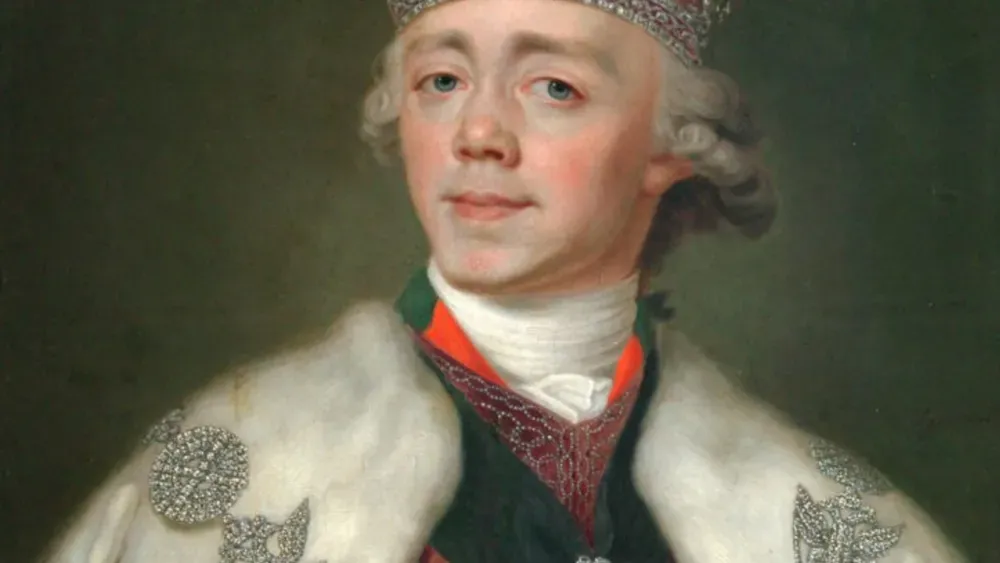
Throughout his short reign, Paul enacted a series of disastrous reforms, and in 1801 he was violently murdered by a group of assassins who strangled and bludgeoned him to death.
Lucius Aurelius Commodus
While his father – the Roman Emperor Marcus Aurelius – was known as a fair and just ruler, Lucius Aurelius Commodus was a delusional tyrant.

Lucius seems to have believed he was a literal god, and his increasingly unhinged and vindictive behavior eventually led to his assassination in 192.
Tamerlane
The founder of the Timurid Empire, Tamerlane claimed to be a direct descendent of Genghis Khan, and he matched his ancestor’s bloodlust.

An estimated 17 million people were killed in the military conquests Tamerlane frequently launched, and he was known for building towers out of the stacked skulls of his enemies.
Attila the Hun
Driven by an obsession with power, Attila the Hun supposedly murdered his own brother to seize control of the Hunnic Empire.
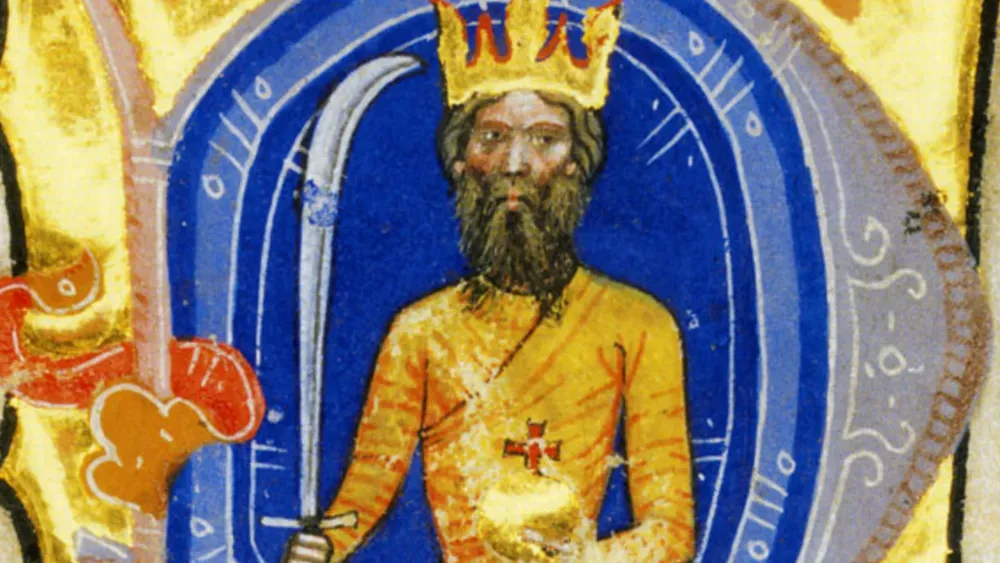
Referred to as “The Scourge of God” by the Roman Empire, Attila carved a swathe of death and destruction throughout much of Europe, indiscriminately massacring anyone in his path.
Ranavalona I
After becoming Queen of Madagascar in 1828, Ranavalona I enacted policies of forced labor and military conscription to resist the influence of European colonialism.
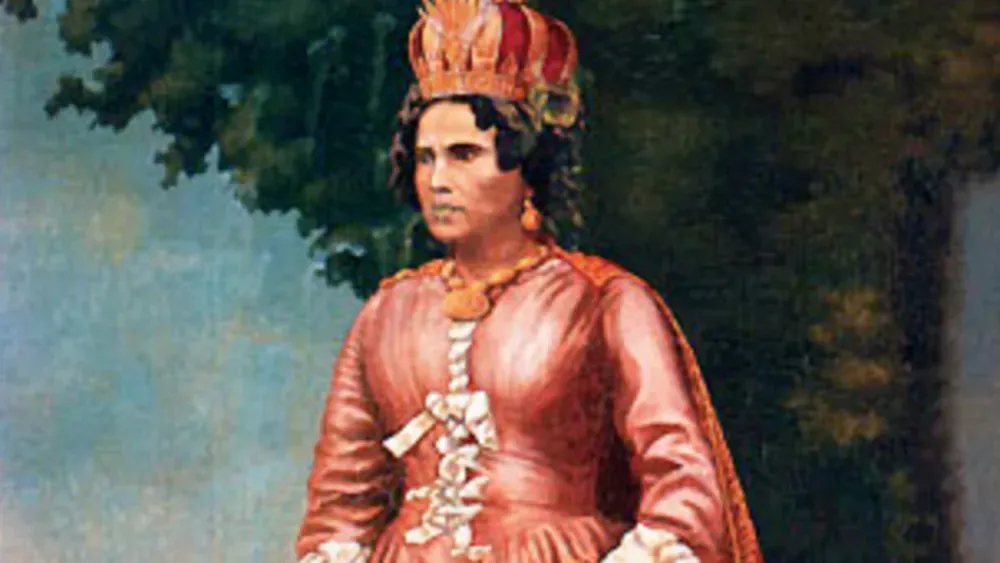
While these policies did succeed in preserving Madagascan culture, they also resulted in the deaths of around half the island’s population.

